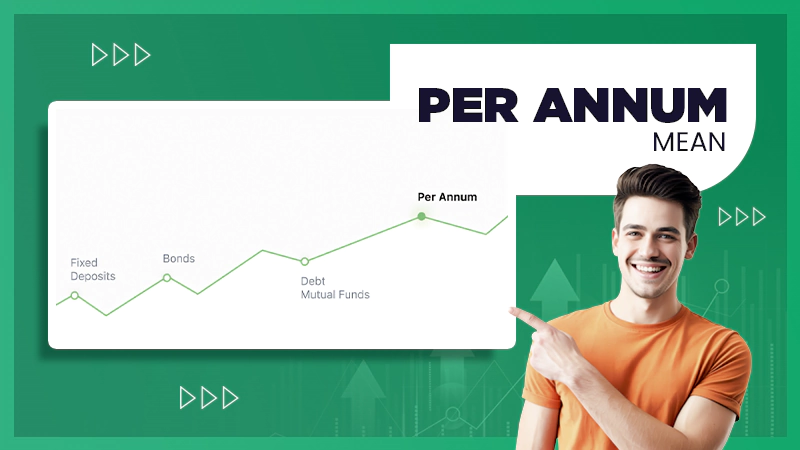The intended audience is busy professionals like Sales Directors, Procurement Leads, Consultants, and CFOs who require swift, auditable, and targeted market intelligence.
As someone who is connected to the chief operating officer at GTAIC, I spend most of my week with professionals. They carry a number of export managers, consultants, auditors and procurement leads who live or die by the quality and speed of their marketing intelligence.
When building gtaic.ai, the company didn’t sign up for another pretty dashboard; it set out to make trade decisions faster, clearer, and auditable for non-specialists. Way more than that, it was built to cater to a widespread audience, especially in the business world.
Want to learn more about it with a business mindset? I will explain the four real-world ways that business uses GTAIC, in the form of short stories.
Let’s move forward to the market reports.
KEY TAKEAWAYS
- Focus on clarity and speed.
- There are four core applications used.
- The tool provides specific, auditable intelligence at the product level.
1) The Single-market Green Light: Product-Country Report
The User: A sales Director at a mid-sized specialty paper manufacturer in Northern Italy.
Question: “Is there enough real demand in the UAE to justify a distributor agreement this quarter?”
The director didn’t need a thesis. She needed a hard yes/no backed by numbers they could defend to their board. They opened GTAIC, searched for the product using plain language, picked the United Arab Emirates, and generated a Product-Country Report.
Within minutes, they had what mattered: five-year import trends for her exact goods, current run-rate, seasonal patterns, a short list of top suppliers in the UAE, and unit price dynamics. One chart flagged an anomaly—a recent spike in unit values from a specific origin – helpful in negotiation. Another page highlighted non-tariff measures to watch.
The conclusion was pragmatic: a healthy, steady market with stable pricing in their tier and repeated orders from two distributors already active in the grade. They signed a six-month trial with a distributor rather than building an in-house team. Minimal risk, clear upside. That’s the role of a Product-Country Report – turning a single market into a defensible decision.
2) Picking Winners, Dropping the Rest: Cross-Country Report
The User: Martin, partner at a boutique trade consultancy in Dublin.
Question: “Of 20 EU markets, which five offer the best near-term growth for my client’s eco-packaging line?”
The brief was broad; the budget wasn’t. Martin needed a ranked view of opportunities -quickly – without drowning in spreadsheets. He ran a Cross-Country Report for the product across 20 EU destinations. The output was a side-by-side comparison: import growth, share shifts, price corridors, supplier concentration, and volatility.
Two insights moved the room. First, a “mature” mid-tier market showed a share rotation – the incumbent had slipped three points while unit values held firm. That suggested accessible demand for a competent new entrant. Second, a high-volume market looked tempting but showed sharp month-to-month swings and a narrowing price band – warning signs for a newcomer without deep reserves.
He recommended a phased entry: pilot in the “quiet grower,” test in two stable neighbours, and postpone the flashy market until volatility cooled. The comparison allowed him to advise where to focus, not merely where to be present – saving months and real money by narrowing a long list down to the five that mattered.
3) Seeing both Sides of the Bridge: Country-to-Country Report
Who: Sofia, Regional Procurement Lead for a consumer goods company supplying North Africa.
Question: “Between Spain and Morocco, which trade lane is sharpening or softening for our inputs?”
Sofia lives where practicalities meet policy. Freight schedules, bilateral quirks, and local demand all show up in her costs. She commissioned a Country-to-Country Report to examine the Spain-Morocco corridor across a basket of inputs. She didn’t want a short essay; she wished for a clean read on which categories were rising, which were fading, and whether price movements were noise or structural.
The bilateral view made three things visible at once: laggards (shrinking categories that risk supplier fragility), leaders (reliably growing lines), and emergent goods – small now but compounding quickly. It also revealed a pricing kink: unit values on one input had risen locally but were flat in the counter-direction flow, executing a negotiation opportunity with a supplier pricing to habit rather than to market.
Sofia reset her sourcing mix and renegotiated a contract that had drifted out of market. No drama – just bilateral intelligence that paid for itself in a quarter.
4) When “It Depends” Becomes a Plan: Customised Report
Who: Ahmed, CFO of a fast-growing food exporter in Egypt.
Question: “If we move from HS-6 to HS-8/10 specific products, what happens to achievable price and demand by market?”
Ambition needs evidence. The standard reports took Ahmed a long way, but he requested for two extras: finer HS detail and a short-term projection to pressure-test a capital plan. He engaged a Customised Report to drill to eight- and ten-digit lines, overlay quality tiers, and run a modest forecast horizon.
The result wasn’t mystical; it was transparent assumptions, cleanly stitched official monthly data, and a narrow projection window – useful for decision-making without pretending to be a crystal ball. One variant carried a consistent premium in three priority markets, while demand in a fourth was choppy and policy-sensitive.
He green-lit capex for the premium variant, pursued the three markets immediately, and deferred the fourth pending clarity. Procurement knew what to source, sales knew where to fly, and finance knew how to stage spend. That’s what “it depends” looks like when it becomes a plan.
Why These Stories Matter
None of these examples involved heroic analysis or a team of PhDs. They are ordinary commercial decisions made better by clarity and speed. That’s the point. GTAIC is built on official sources and designed to be auditable, but its job is practical: give a busy professional the shortest path from a well-formed question to a solid decision.
Three design choices underpin that:
- Specificity over generality
The company works at the product level (not just sector labels) and across 100+ countries, so you’re not guessing at “roughly right” dynamics. You’re looking at your goods in your market, with the latest available figures. - Time-to-insight
Most product-country calls don’t require a month of analysis. Minutes matter. Our reports are generated on demand, so the conversation moves forward today – not next quarter. - Transparency
If you’re going to act on a number, you should know what’s behind it. We favour methods that are explainable to a finance director and a regulator alike. No black-box theatre.
A Final Word on Fit
It’s easy to think you must choose between expensive bespoke research or DIY spreadsheets. In reality, most teams sit in the middle. Use bespoke work when the stakes and complexity warrant it. Use raw data when you have time to wrangle it. Use GTAIC when you need decision-grade answers now – answers you can show to a client, a board, or a customs auditor without flinching.







